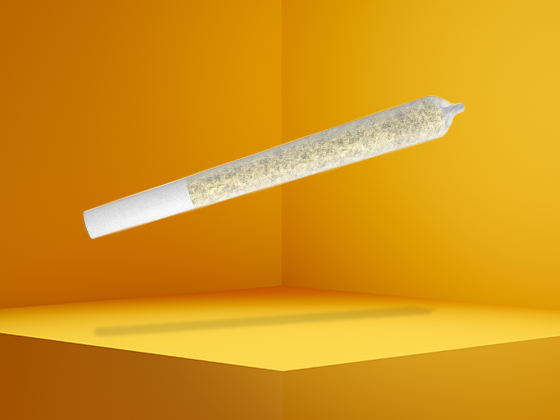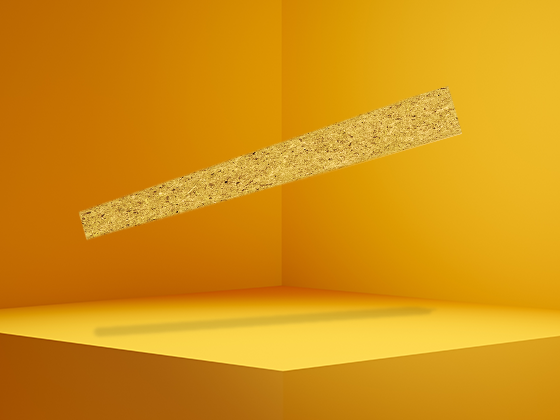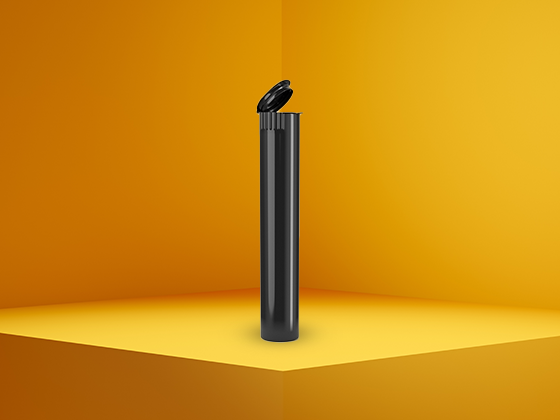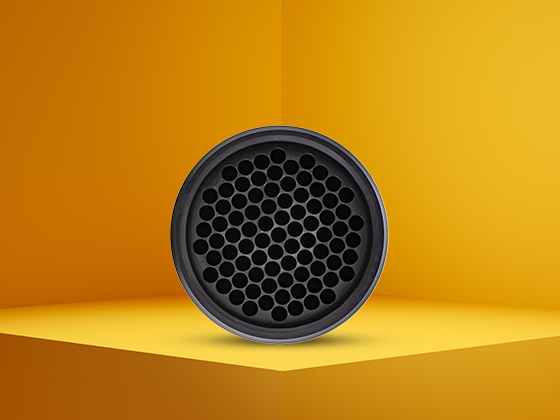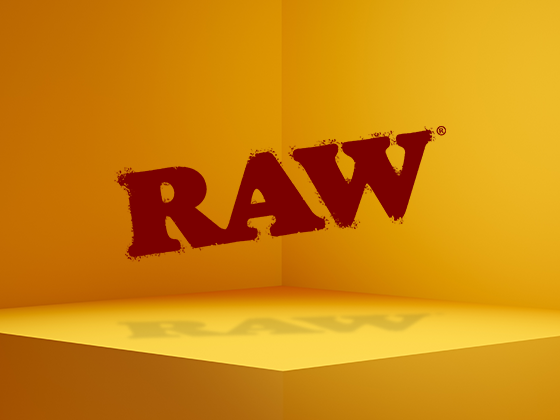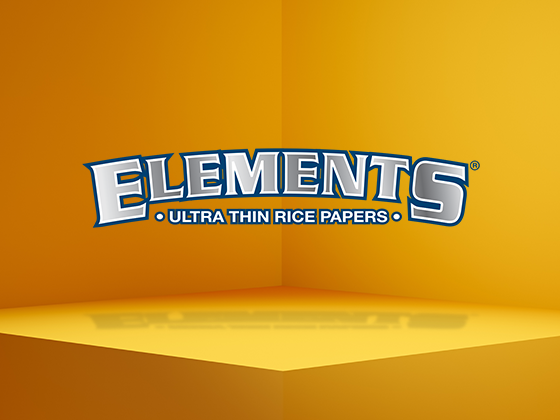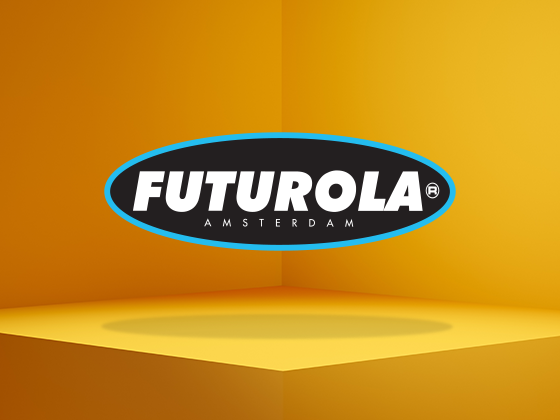Questions
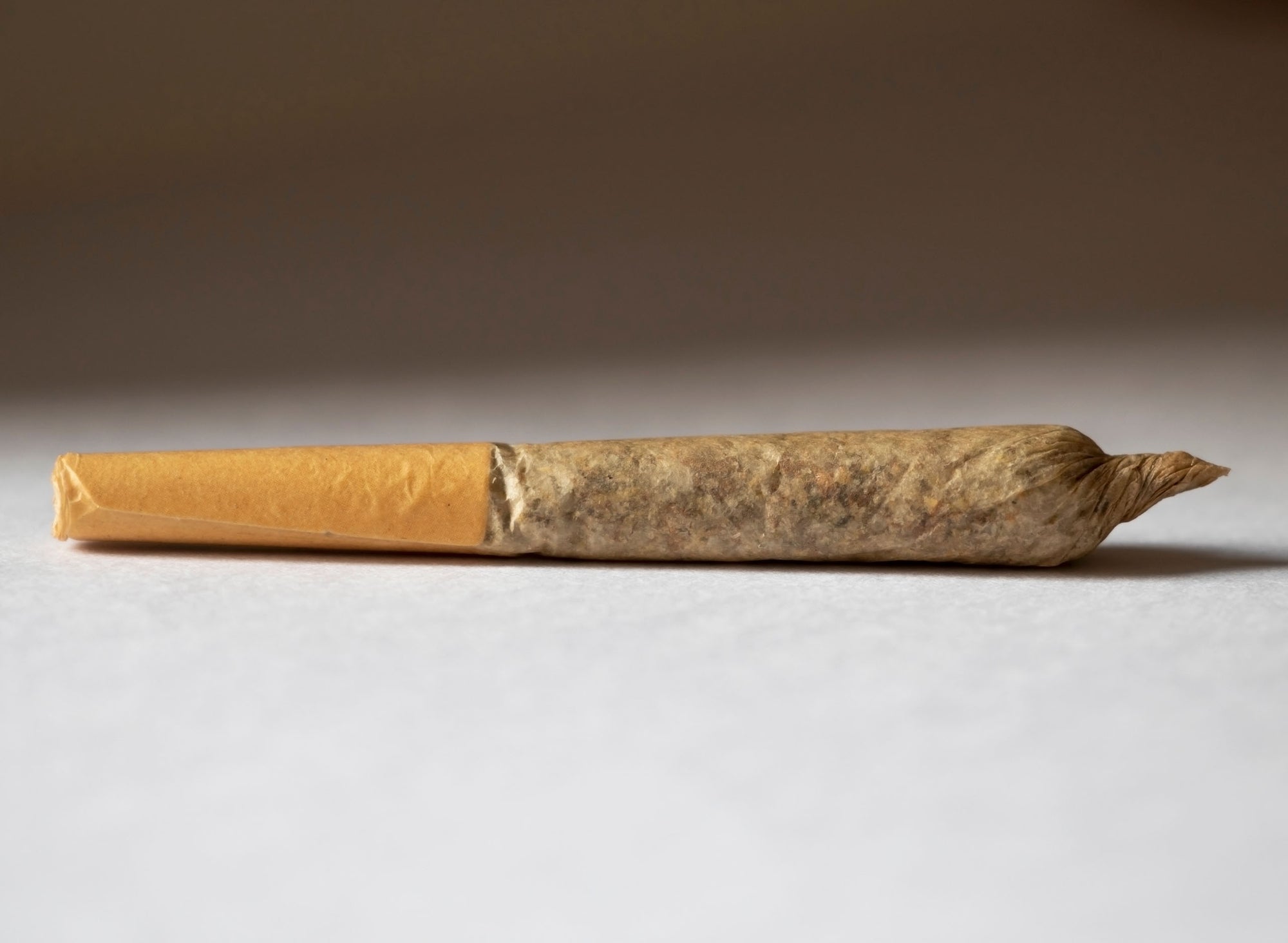
compliance
Are RAW Organic Papers Safe? Exploring the Ethylene Oxide Controversy
Table of Contents
Understanding RAW Organic Papers: Composition and Claims
The Ethylene Oxide Controversy: What You Need to Know
Testing Standards and Regulatory Oversight
Alternatives to RAW Papers for Health-Conscious Consumers
Making Informed Choices: Balancing Tradition and Safety
Are RAW Organic Papers Safe? Exploring the Ethylene Oxide ControversyThe cannabis and tobacco accessory market has seen significant growth in recent years, with RAW rolling papers emerging as one of the most popular brands among consumers. Known for their unbleached, natural appearance and marketing claims of organic materials, RAW papers have developed a loyal following. However, recent controversies surrounding ethylene oxide in RAW papers have raised questions about their safety and organic status.Understanding RAW Organic Papers: Composition and ClaimsRAW organic papers are marketed as all-natural rolling papers made from unbleached plant fibers. According to the brand, these papers are created using organic hemp and processed without chlorine bleach or other chemicals typically found in conventional rolling papers. This natural approach has been a key selling point for health-conscious consumers looking to avoid potentially harmful additives.The composition of RAW papers typically includes:
Unrefined hemp fibers
Natural plant gum (typically Arabic gum) as an adhesive
No added chemicals or dyes
As explained in this comprehensive guide to RAW papers, the brand has built its reputation on these natural credentials and transparent manufacturing processes.The Ethylene Oxide Controversy: What You Need to KnowDespite RAW's claims of organic and natural production, concerns have emerged regarding the potential presence of ethylene oxide in their papers. Ethylene oxide is a gas used for sterilization in many industries, including medical equipment and some food products. It's classified as a carcinogen by multiple health organizations, including the International Agency for Research on Cancer.The controversy stems from allegations that RAW papers might undergo ethylene oxide sterilization to eliminate microbial contamination before packaging. If true, this would contradict the brand's organic claims, as ethylene oxide sterilization is not permitted in certified organic products in many jurisdictions.Highlight: The core of the controversy lies in whether ethylene oxide sterilization leaves harmful residues in the papers that could be inhaled when smoked, potentially exposing users to carcinogenic compounds.Industry Response and TestingIn response to these concerns, many consumers have begun exploring different types of RAW papers or alternatives altogether. RAW has publicly denied using ethylene oxide in their manufacturing process, but the controversy has prompted increased scrutiny of rolling paper production methods industry-wide.Testing Standards and Regulatory OversightOne challenge in addressing these concerns is the limited regulatory oversight of rolling paper production. Unlike food or pharmaceutical products, rolling papers often fall into regulatory gray areas with minimal testing requirements.Some third-party testing has been conducted on various rolling paper brands, including RAW, with mixed results. These tests typically look for:
Heavy metals
Pesticide residues
Chemical additives
Potential carcinogens
For consumers concerned about potential contaminants, looking for papers that undergo third-party testing and publish their results can provide additional peace of mind. Some enthusiasts have also turned to our selection of OCB cones as an alternative, which many users find to be manufactured with rigorous quality control standards.Alternatives to RAW Papers for Health-Conscious ConsumersFor those concerned about the ethylene oxide controversy surrounding RAW papers, several alternatives exist in the market:Other Organic and Natural OptionsSeveral brands offer unbleached, natural rolling papers that compete directly with RAW organic papers. These include OCB Organic, Elements, and Pure Hemp, among others. Each has its own manufacturing processes and quality control standards.As detailed in this analysis of RAW Black papers, even within the RAW family, different product lines may use varying production methods and materials.Pre-Rolled ConesPre-rolled cones eliminate the need for rolling skills and often come from the same manufacturers as flat papers. Many consumers find that RAW cones provide the same experience as the flat papers but in a more convenient format. These products are subject to the same considerations regarding materials and processing.Alternative Consumption MethodsSome consumers have moved away from combustion entirely, opting for vaporizers or edibles to avoid any potential issues with rolling papers. This approach eliminates concerns about paper composition altogether.Making Informed Choices: Balancing Tradition and SafetyThe ethylene oxide controversy highlights the importance of transparency in manufacturing processes for cannabis accessories. While definitive evidence regarding ethylene oxide in RAW papers remains limited, the controversy has sparked important conversations about safety standards in the industry.For consumers looking to make informed choices:
Research brands that provide detailed information about their manufacturing processes
Look for third-party testing results when available
Consider papers that have organic certification from reputable organizations
Explore different rolling techniques that might reduce paper consumption
As the industry evolves, increased consumer demand for transparency will likely drive more rigorous testing and clearer labeling practices. Until then, staying informed about potential concerns and exploring various options remains the best approach for health-conscious consumers.Whether you choose to continue using RAW organic papers or explore alternatives like those available through specialized retailers, understanding the manufacturing processes behind your smoking accessories empowers you to make choices aligned with your personal health priorities and values.
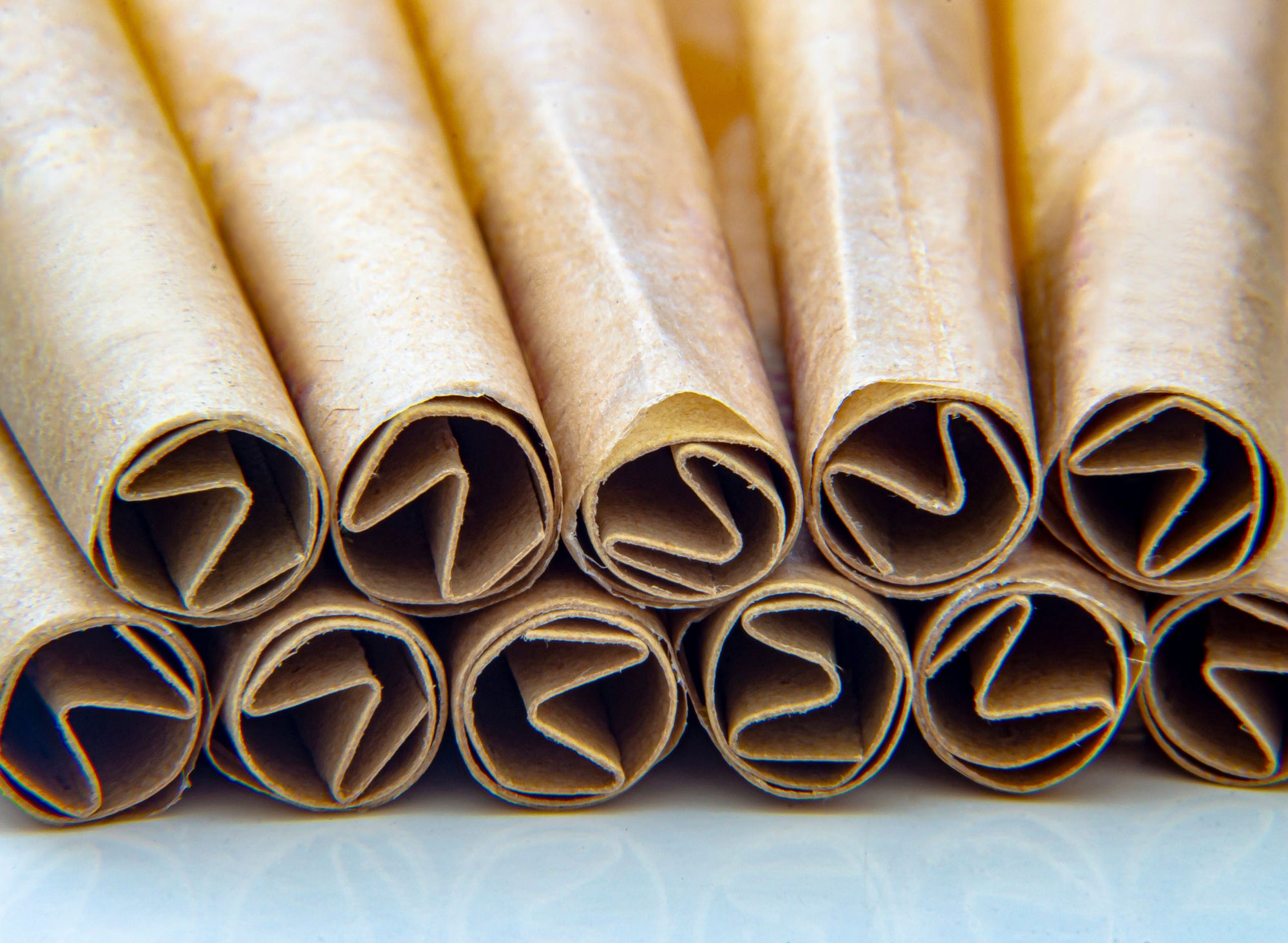
informational
Are RAW Rolling Products Biodegradable?
Table of Contents
RAW Biodegradability: An Overview
RAW Papers: Biodegradable Composition and Materials
RAW Filters and Tips: Biodegradability Assessment
RAW Cones: Environmental Impact and Decomposition
Comparing RAW to Other Eco-Friendly Alternatives
Sustainable Smoking Practices: Beyond Biodegradability
nnAre RAW Rolling Products Biodegradable?nnThe environmental impact of smoking accessories has become increasingly important to conscious consumers. RAW has positioned itself as an environmentally responsible brand, but many users still question: are RAW papers biodegradable? What about their filters, tips, and cones? This comprehensive guide examines the biodegradability of RAW's product line and what that means for environmentally conscious smokers.nnRAW Biodegradability: An OverviewnnRAW products are widely marketed as natural and unrefined. The brand emphasizes its commitment to creating products free from harmful chemicals and additives. This natural approach extends to their environmental claims about biodegradability.nnAccording to information about RAW rolling papers composition, most RAW products are made from plant-based materials, which inherently supports their biodegradability claims. However, biodegradability varies across their product range and depends on specific materials used in each item.nnRAW Papers: Biodegradable Composition and MaterialsnnRAW rolling papers are indeed biodegradable. They're made primarily from unbleached plant fibers, specifically hemp and flax. The absence of chemicals like chlorine bleach not only makes them more natural for smoking but also enhances their biodegradability.nnThe biodegradability of RAW papers is attributed to several factors:nnnUse of unrefined plant materialsnAbsence of chemical treatmentsnNatural gum arabic as an adhesive (derived from acacia trees)nNo added preservatives or artificial ingredientsnnnWhen examining the diverse world of RAW papers, you'll find that both their standard and organic varieties maintain this biodegradable quality. The RAW Organic Hemp papers, in particular, are even more environmentally friendly due to their organic cultivation processes.nnRAW Filters and Tips: Biodegradability AssessmentnnAre RAW filters biodegradable? Yes, RAW filter tips are biodegradable as they're made from unbleached plant fibers similar to their papers. The standard RAW filter tips are composed of chlorine-free wood pulp that will naturally decompose over time.nnRAW offers several filter options with varying biodegradability profiles:nnnStandard Tips: Made from unbleached paper, fully biodegradablenPerfecto Tips: Contain plant-based charcoal filters, biodegradable but may take longernPre-Rolled Tips: Same biodegradable material as standard tipsnnnWhen properly disposed of, these filters will break down naturally. However, as this comprehensive guide to RAW filter tips explains, the decomposition time can vary based on environmental conditions.nnLooking for eco-friendly alternatives? We offer environmentally conscious smoking accessories that complement sustainable consumption practices while maintaining quality and performance.nnRAW Cones: Environmental Impact and DecompositionnnAre RAW cones biodegradable? Yes, RAW pre-rolled cones maintain the same biodegradable properties as their papers. Since they're constructed from the same unbleached, natural plant fibers, they will decompose when discarded properly.nnThe biodegradability of RAW cones extends to most components:nnnThe cone paper itself (hemp or flax-based)nThe filter tip included with the conenThe natural gum used to seal the conennnIt's worth noting that while the paper components of RAW cones are biodegradable, any packaging materials may have different environmental properties. The plastic tubes that some RAW cones come in are not biodegradable, though they are recyclable in many areas.nnFor those interested in exploring RAW's cone offerings, their collection includes various sizes and styles while maintaining the same biodegradable paper composition.nnComparing RAW to Other Eco-Friendly AlternativesnnWhile RAW products are biodegradable, they're not the only eco-friendly option on the market. Several brands now compete in the sustainable smoking accessories space:nnnnBrandnBiodegradabilitynMaterialsnnnRAWnHighnUnbleached hemp and flaxnnnElementsnHighnRice papernnnOCB OrganicnHighnOrganic hempnnnHaranVery HighnSustainable bamboo and hempnnnnFor those particularly concerned about environmental impact, RAW's organic line offers additional ecological benefits through their sustainable farming practices.nnSustainable Smoking Practices: Beyond BiodegradabilitynnWhile using biodegradable products like RAW papers, filters, and cones is a positive step toward environmental responsibility, truly sustainable consumption requires additional practices:nnnProper disposal of all smoking materials (never litter filters or papers)nComposting used papers and filters when possiblenRecycling packaging materialsnConsidering reusable alternatives for certain componentsnSupporting brands with comprehensive sustainability programsnnnUnderstanding the complete lifecycle of products is essential. For instance, while RAW organic papers are safe and free from ethylene oxide, their environmental benefit is lost if improperly discarded.nnThe biodegradability of RAW products represents just one aspect of their environmental profile. Their commitment to natural materials, minimal processing, and additive-free composition aligns with broader ecological values that many consumers seek today.nnFor those looking to minimize their environmental footprint while enjoying their smoking experience, RAW's biodegradable papers, filters, and cones offer a responsible choice that doesn't compromise on quality or experience.
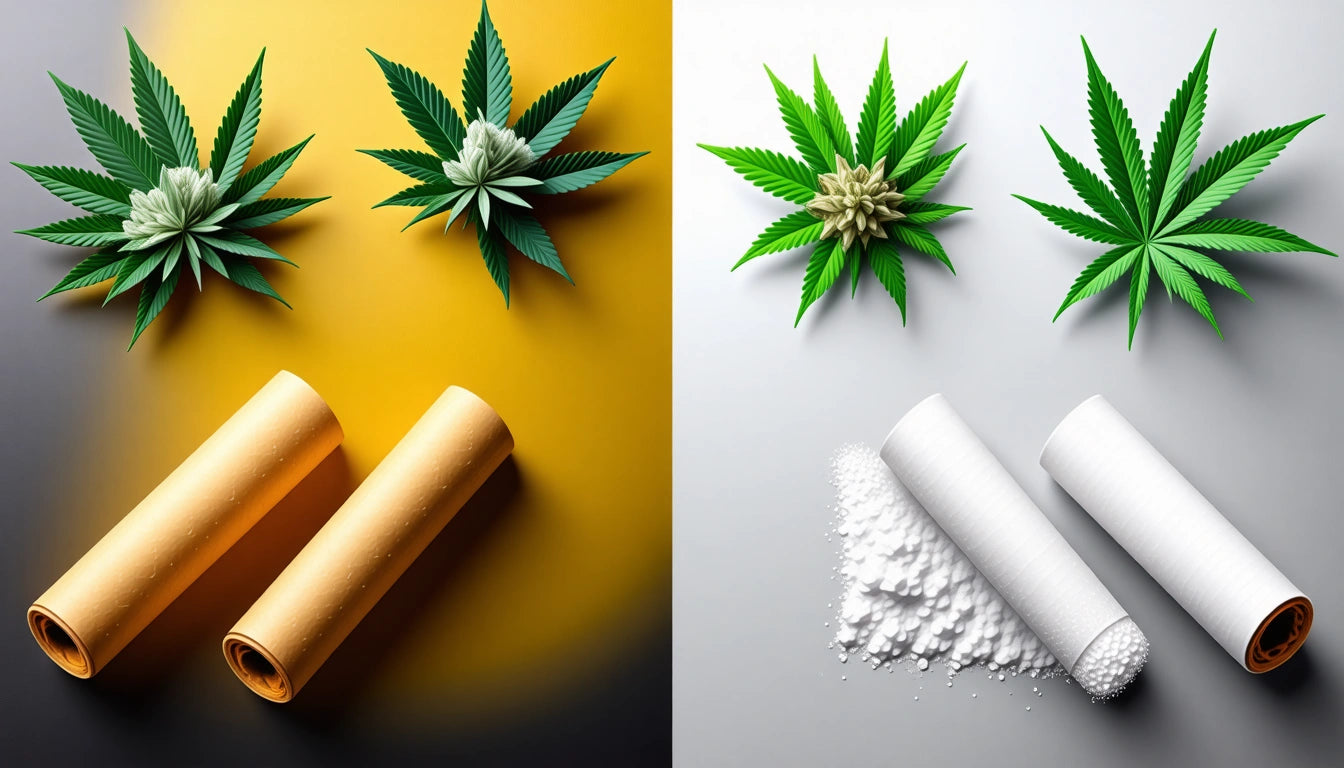
branding
Bleached vs. Unbleached Cones: Which is Better?
Table of Contents
Understanding Cone Basics: Bleached vs Unbleached
Health Considerations: What Goes Into Your Lungs
Flavor Impact: How Processing Affects Your Experience
Environmental Factors: Sustainability in Pre-Roll Production
Visual Appeal and Branding Considerations
Making Your Choice: Factors to Consider When Selecting Cones
The debate between bleached vs unbleached cones has become increasingly important as consumers grow more conscious about what they're smoking. Pre-rolled cones have revolutionized the cannabis consumption experience, offering convenience and consistency. However, the processing methods behind these products can significantly impact everything from flavor to potential health effects.Understanding Cone Basics: Bleached vs UnbleachedPre-rolled cones come in two primary varieties: bleached and unbleached. The distinction lies in the processing method of the paper used to create them.Bleached ConesBleached cones undergo chemical processing to achieve their characteristic white appearance. Manufacturers typically use chlorine or hydrogen peroxide to strip the natural color from the paper fibers. The result is a clean, uniform white cone that many consumers find visually appealing.According to experts on smoking the best cones, bleached papers often burn more evenly and consistently due to their uniform composition, which can be advantageous for commercial pre-roll production.Unbleached ConesUnbleached cones maintain their natural light brown color, resulting from minimal processing. These cones, like those featured in guides about RAW cones, skip the chemical bleaching process, preserving the natural state of the plant fibers used in production.The manufacturing process typically involves fewer chemicals and additives, which appeals to environmentally conscious consumers and those concerned about inhaling potential chemical residues.Highlight: The choice between bleached and unbleached cones ultimately comes down to personal preference, health considerations, and environmental values.Health Considerations: What Goes Into Your LungsWhen comparing bleached vs unbleached cones, health concerns often top the list of consumer considerations.Chemical ResiduesBleached papers may contain trace amounts of chemicals used in the whitening process. While modern bleaching methods have become safer than older chlorine-based processes, some consumers remain concerned about potentially inhaling these residues.Unbleached papers, by contrast, undergo less chemical processing. Many cannabis enthusiasts prefer these natural options when seeking products with minimal additives, similar to how they might select high-quality, unprocessed storage solutions for their flower to maintain purity.Burning PropertiesThe chemicals used in bleaching can affect how the paper burns. Some users report that bleached papers burn faster and hotter, which could potentially create a harsher smoking experience. Unbleached papers typically burn more slowly and at lower temperatures, which some consumers find creates a smoother experience.Flavor Impact: How Processing Affects Your ExperienceFor cannabis connoisseurs, preserving the plant's natural flavors and terpene profiles is essential.Taste NeutralityUnbleached cones are often preferred by flavor purists who believe the natural papers impart less of their own taste to the smoking experience. The minimal processing means fewer compounds that could potentially interfere with the cannabis's natural flavor profile.Bleached papers, while generally designed to be taste-neutral, may introduce subtle flavor changes that particularly sensitive palates can detect. As noted in comprehensive guides on hemp cones, material composition significantly affects taste experience.Terpene PreservationThe burning temperature of the paper can affect how terpenes and cannabinoids are released during combustion. Some cannabis experts suggest that the lower burning temperature of unbleached papers may better preserve delicate terpene profiles, enhancing the overall experience.Environmental Factors: Sustainability in Pre-Roll ProductionEnvironmental impact has become increasingly important to consumers across all industries, including cannabis.Production FootprintThe bleaching process requires additional chemicals, water, and energy compared to producing unbleached papers. This increased resource usage translates to a larger environmental footprint.Unbleached cones generally require less processing, fewer chemicals, and reduced energy consumption during manufacturing. For environmentally conscious brands and consumers, this reduced impact can be a decisive factor.BiodegradabilityBoth bleached and unbleached papers will eventually biodegrade, but unbleached papers typically break down more readily and with fewer potential chemical residues released into the environment.Visual Appeal and Branding ConsiderationsFor cannabis brands, the visual presentation of pre-rolls matters significantly for market positioning.Consumer PerceptionBleached white cones often convey a sense of cleanliness and purity to consumers, which can be advantageous for brands targeting mainstream markets. The bright white background also makes branding elements and logos stand out more vividly.Unbleached cones, with their natural appearance, often appeal to consumers seeking an authentic, back-to-basics experience. They visually signal environmental consciousness and minimal processing, which aligns well with organic and natural brand positioning.As detailed in guides on pre-rolled cones and accessories, the visual presentation of pre-rolls significantly impacts consumer perception and brand identity.Making Your Choice: Factors to Consider When Selecting ConesWhen deciding between bleached and unbleached cones for your personal use or brand, consider these key factors:
Target audience preferences: Understand what matters most to your consumers, whether it's visual appeal, environmental concerns, or flavor purity.
Brand alignment: Choose the option that best reflects your brand values and market positioning.
Production considerations: For commercial operations using cone filling machines, consider which type performs better in your specific equipment.
Price point: Unbleached cones sometimes command a premium price, which may affect your margins or retail pricing.
Regulatory compliance: Some markets have specific regulations regarding paper processing and additives.
The cannabis industry continues to evolve toward greater transparency and consumer education. Whether you choose bleached or unbleached cones, providing clear information about your materials and processing methods helps build consumer trust and loyalty.Ultimately, both options have their place in the market. By understanding the differences between bleached vs unbleached cones and aligning your choice with your values and needs, you can enhance both the smoking experience and your brand reputation in this growing industry segment.

